SEO (search engine optimization) is the process of optimizing a website to increase online visibility and traffic from search results. It positively influences the visibility of a website in search engines, however, it requires time and appropriate actions and tools. In this article, we will point out what comprehensive SEO consists of and what is technical SEO optimization.
What Does Comprehensive SEO Consist Of?
SEO is a complex process that consists of on-page optimization and link building (on-site and off-site). All these activities happen simultaneously and affect each other, and one cannot function properly without the other.
SEO optimization consists in adjusting the functionality of the website to the preferences of visitors and search engine robots. In practice, therefore, it refers not only to the content contained on the page but also to the code itself. This includes a number of actions, of which very important is, among others, content, which should be properly developed and saturated with keywords that affect positioning.
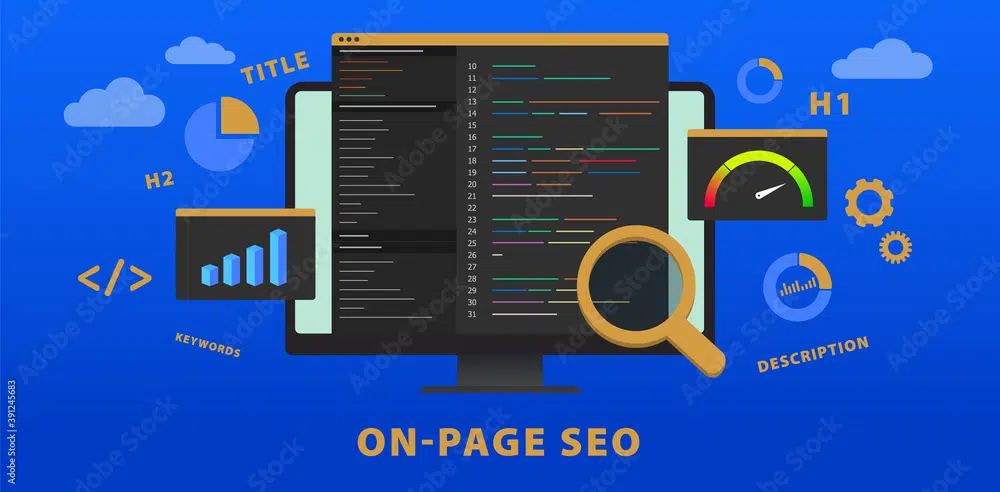
(Like this image? Download it for free plus 10 more like it at Adobe Stock)
Link Building, on the other hand, refers to creating links that come from a given website. However, it is not their quantity but their quality that is important. Therefore very important are those that are highly trusted and positively affect the visibility of the site in the network, that is links having high URL Rating.
It should be remembered that on-site SEO actions are long-term and you have to wait for the first effects. It is also difficult to indicate clearly when they will be visible because it depends on many factors. However, the starting point is a few, important and even key issues that should be taken into account at the very beginning of the SEO process.
These include:
- Selecting the right keywords;
- Analyzing the competition on Google;
- Verification of expectations regarding the positioning process;
- An audit of the website along with an analysis of all the features of the website that matter in terms of positioning.
What Is Technical SEO Optimization?
Technical optimization, referred to as technical SEO, has an important role in the positioning of websites. This term covers a number of optimization activities on the website, which refer not to the content itself, but to other elements of the website. Think of it as the “techy” stuff that needs to be done on a site that makes it optimized.
This is all aimed at improving the work of robots in understanding and indexing the content of individual pages. Such optimization efforts also serve to improve the experience of users who spend time on the site.
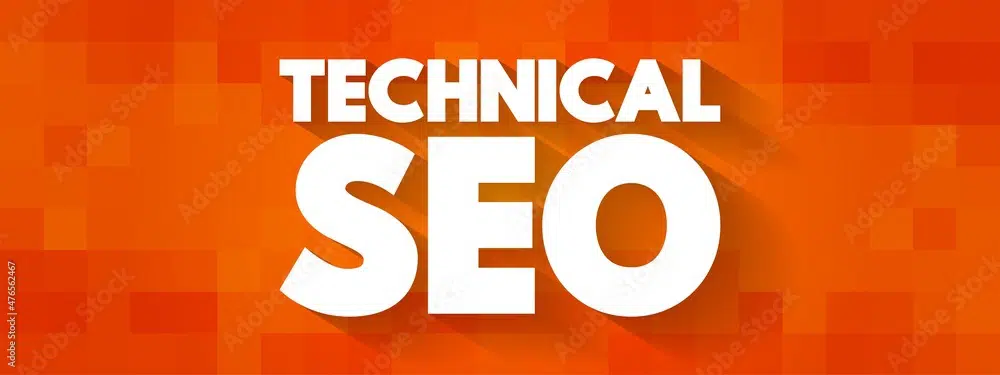
(Like this image? Download it for free plus 10 more like it at Adobe Stock)
Technical SEO Optimization Includes:
- Preparation and implementation of a sitemap;
- Creating and adding a robots.txt file on the page;
- SSL certificate implementation and metatag optimization and implementation;
- Optimization of website addresses;
- Creation and implementation of a uniform internal link structure;
- Implementation of structural data;
- Proper optimization of canonical links;
- Proper optimization of redirects;
- Anti-duplication of content;
- Optimization of page speed;
- Optimizing the site for display on mobile devices.
Also important are the cyclical stages of page positioning, which, as the name suggests, should take place on a regular basis so that the website can stay high in the search engine for a long time. Here, too, you have to wait for the effects, and when it comes to the various stages are indicated:
- Optimization of the website;
- Creating effective link building;
- Website development;
- Adapting the website to Google’s requirements;
- Analyzing the results;
- Reporting.
It takes time and implementation of appropriate solutions for the SEO process to bring positive results. It is important to be consistent in your actions and to check for changes on an ongoing basis. This is important as it gives the possibility to modify and improve the website on an ongoing basis. The necessity of monitoring is also due to the fact that Google algorithms are not constant and are subject to updates, so they should be monitored.
The Impact of Core Web Vitals on Websites
Ever since Google announced that Core Web Vitals results will have an impact on ranking, technical optimization of websites has become even more challenging. Until now, many site owners knew that optimization was important, but they focused mainly on improving the experience on mobile devices or optimizing the site for better conversions.
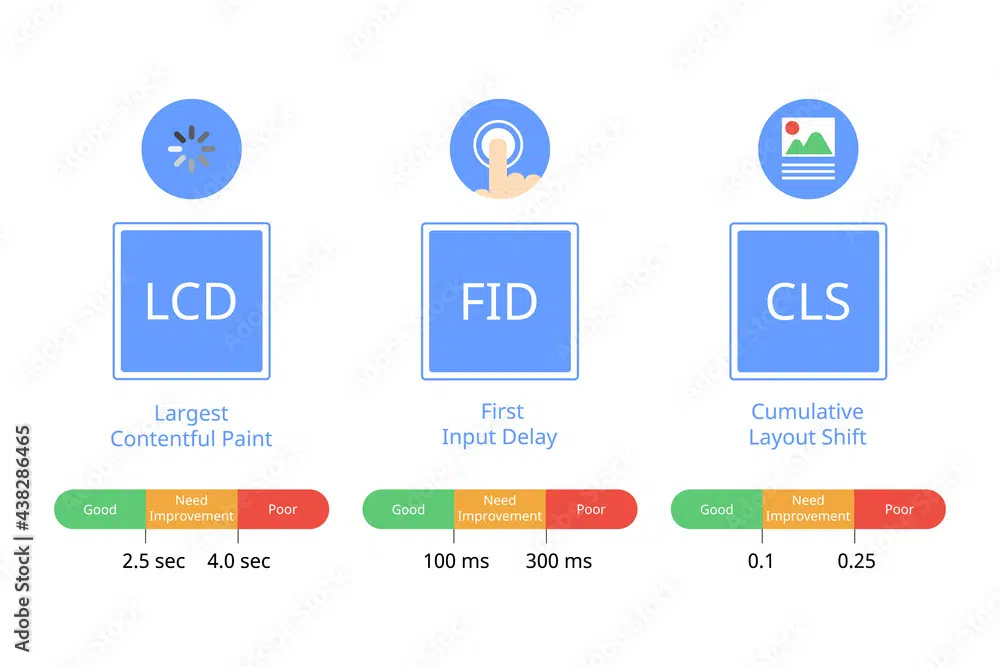
(Like this image? Download it for free plus 10 more like it at Adobe Stock)
Core Web Vitals requires site owners to take a broader approach. It’s no longer just appearances that matter, but real user experiences. It’s very important to remember that CWV parameters are calculated based on user sessions that visit the site. The lab score is simulated conditions, including simulated internet speed and device, but real-world results can differ significantly from the simulated ones.
It is true that we often find that the results based on user experience are higher, but it all depends on many factors, including the market on which we operate, the standard of the Internet in a given area, and the devices used by our target group.
The Advertising Industry & Core Web Vitals
The big challenge was to adapt the way ads are displayed to Google’s new guidelines. It was mainly about CLS, or Cumulative Layout Shift. This parameter means that elements of a page are shifted when it is loaded or simply used. It was a very annoying experience for users because nobody likes it when while reading, suddenly a part of the page disappears or a different element is displayed.
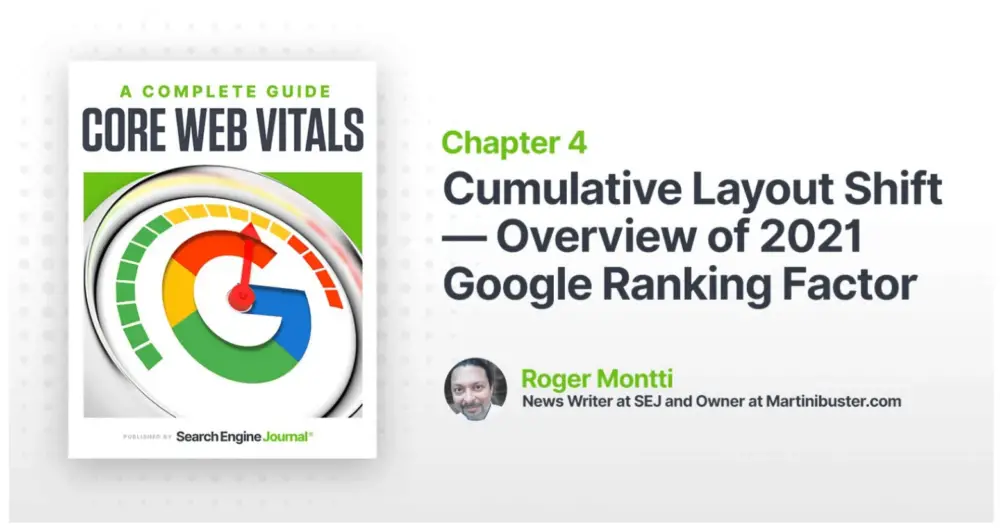
Web publishers and the advertising industry were known to implement dynamic ad units that would load while the user was scrolling or loading the page. This meant that heavy ads could have a delay in loading relative to other page elements and severely hampered the user experience.
The solution turned out to be mass placeholders. Publishers now have a designated, rigid space for ads (in various sizes), which is present during the first-page load and fills up as subsequent resources load. One challenge is setting the size of the placeholder depending on the size of the ad units, which may be different for the same spot. Fortunately, clever programmers have found a way around this by using ad unit recognition and modifying CSS elements to predict ad sizes.
The Direction of SEO Development
The changes we are seeing can be defined by one statement – user experience is a priority we should take into account. Why? Because for Google it is the most important ranking parameter. Many SEO specialists emphasize that SEO has recently become very simple and very difficult at the same time. Well, in order to achieve high results in Google you have to meet the expectations of your target group. Simple right?
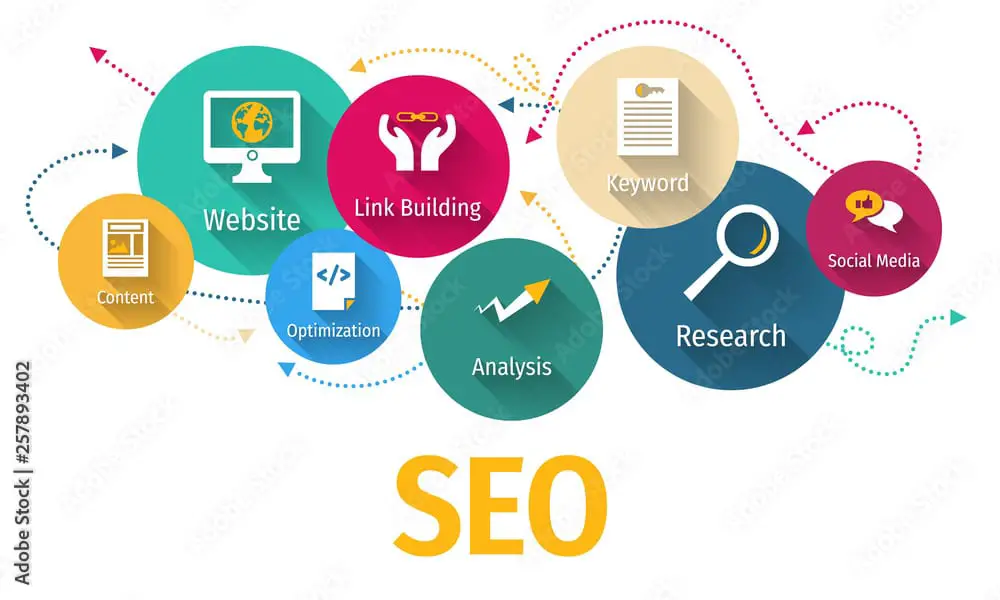
(Like this image? Download it for free plus 10 more like it at Adobe Stock)
Google follows the behavior of users. You have to remember that Google not only examines the page itself but above all measures many indicators related to the session on our site. The time spent on the site, the number of visited subpages, the interactions performed – all these contribute to ranking factors, which in the end may bring us closer to the coveted first place in Google results.
So what should SEO specialists focus on? Keeping users’ attention. Providing such content in such a way that the user wants to spend more time on the website. And to make them want to come back.
Ways To Keep Users On Your Website
There are many methods to increase user engagement. But one way has always been the best. Just give users exactly what they were looking for, and more. This makes it imperative that keyword positioning be extended to accurately identify the intent of a keyword. The intent is best checked by a thorough analysis of the top10 Google results because it is usually the case that these are the pages that have already responded well to user expectations and are therefore displayed high. Reverse engineering is best.

The content must be easily digestible, divided into clear paragraphs, enriched with a visual representation of data, with highlights. All this makes it so that when users scan the page, they encounter places where they want to focus their attention and read on. That’s why the cooperation of SEO specialists with content and UX specialists is nowadays a mandatory element of any serious SEO strategy.
Summary
There is no good SEO without a good user experience (UX). While performing technical and UX optimization we should, first of all, examine the needs and expectations of our target group. By focusing our attention on the users we will provide Google with important indicators that will help us get better rankings.
Let’s follow the users because Google follows them too.
<p>The post Combining Technical SEO Optimization & Off-site Activity first appeared on Web Design Dev.</p>
Combining Technical SEO Optimization & Off-site Activity was first posted on February 11, 2022 at 10:05 pm.
©2022 "Web Design Dev". Use of this feed is for personal non-commercial use only. If you are not reading this article in your feed reader, then the site is guilty of copyright infringement. Please contact me at jc@ventureupwards.com
via https://ift.tt/C3bZ9rR

No comments:
Post a Comment